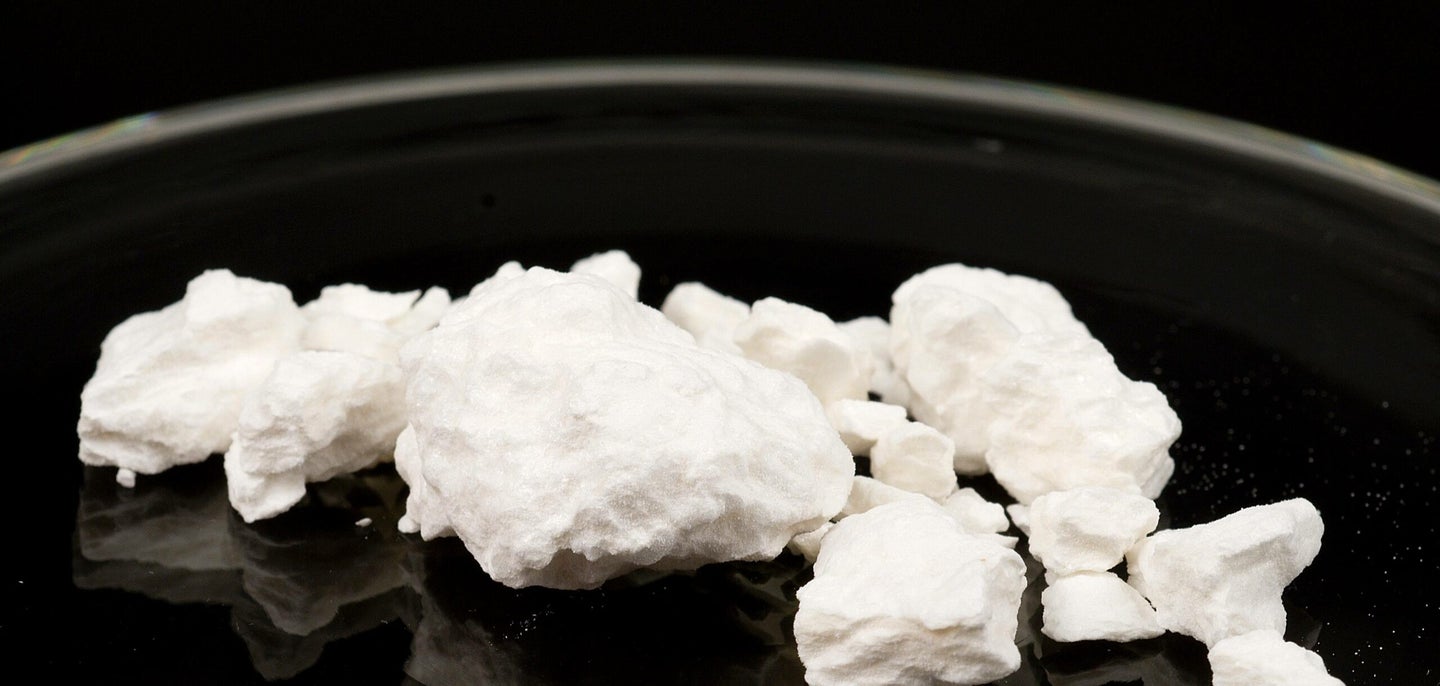Real-Time Wastewater Analysis Shows What Drugs Are Being Used Where
Drugs have been found in wastewater around the world.

When people take drugs, they end up in the water, either unchanged or broken down into specific metabolites. Increasingly, water can be tested to gauge how much drug use is going on in an area, and a new study shows that the level of illegal drugs being used in a community can be tested in real time, and potentially applied to help police narcotic use.
Before the advent of this type of testing, dubbed “sewage epidemiology,” drug usage was generally estimated by surveys, crime statistics, narcotics seizures and other self-reported information. But by analyzing the amount and type of drugs in wastewater, as done in this study, researchers can more accurately detect usage rates, find hotspots for abuse, and potentially measure the effectiveness of police countermeasures.
In the study, scientists searched for six illicit drugs (and their metabolites) in two wastewater plants, one serving a small and another a slightly larger community near Albany, N.Y. And drugs did they find, after testing the water each day for a week. In fact, the researchers detected cocaine in 93 percent of the untreated water samples. Based on the relative level of cocaine’s metabolites, they determined that most of the drug ended up there via human excretion, rather than direct disposal. So it doesn’t appear that a lot of people in Albany are flushing coke down the toilet in a panic. Drug levels remained relatively constant throughout the testing.
Surprisingly, at least to me, morphine was found in 100 percent of the untreated water(!). The human body breaks down heroin into morphine and other chemicals, and this may be where the morphine is coming from, although the researchers don’t specifically say in the study, published in Environmental Science and Technology. For what it’s worth, the average concentrations of morphine found in the water “was 2.7–3.6 times lower than those reported earlier from the USA and the UK, but 3.0 times higher than those reported in Spain,” the authors noted.
The study also found low levels of the designer drug 3,4-Methylenedioxyamphetamine (also known as MDA) and ecstasy, or MDMA.
Testing for drugs in public water supplies has revealed a slew of interesting findings in the past few years. A study earlier this year found, for example, that in tests of water from a campus in Washington, “amphetamine levels go through the roof during finals,” University of Puget Sound researcher Dan Burgard told Environmental Health News. Other tests have revealed trends in various countries, as the site noted:
- In London, cocaine and ecstasy spike on weekends while methadone is used more consistently.
- In Italy, cocaine use has declined while use of marijuana and amphetamines has increased.
- In Sweden and Finland, people use more amphetamines and methamphetamines and less cocaine than other European cities. Also, in Finland, stimulants were more common in large cities.
- In Zagreb, Croatia, marijuana and heroin were the most commonly found illicit drugs, but cocaine and ecstasy showed up more frequently on weekends.
- In Oregon, cocaine and ecstasy are more common in urban than in rural wastewater according to a 2009 study.
Another study published last month in the journal Addiction looked at drugs in the water in 42 European cities. And it found that people in Antwerp, Belgium, love drugs. The research “revealed traces of cocaine, amphetamines, cannabis, and ecstasy in Antwerp’s sewage—all at levels among the highest of [the] European cities tested,” Bloomberg Businessweek noted.